Lighting design is pivotal in creating desired spatial narratives, and the stakes rise when it comes to retail spaces. These spaces have 2 kinds of users, the permanent users such as the staff, and the revolving temporary users which are the customers and buyers.
The right lighting design strategy for a retail shop must ensure enhancing displays, user comfort, well-being and brand identity along with energy conservation and sustainability. The narrative, comfort and ambience of a shopping area attracts customers and creates a store personality for returning consumers.
Successful retail lighting design is a strategic blend of colour, temperature, contrast, reflectionand energy efficiency. Understanding the type of retail, users, display and desired ambience isthe first step to curating tailor made design solutions.
There are 4 different types of lighting involved in designing a retail space, and solutions include calculated combination and layering depending on the desired narrative. These are:
General/Ambient Lighting
The main source of illumination, well planned general lighting can reduce energy consumption and mainly affects circulation, daily tasks and users’well-being. This is the base layer of lighting, creating a background for other more specifically placed light sources.
The main objective is to create even light dispersal, ensuring the visibility is not compromised at any point throughout your space while making the space look bigger and more welcoming.
Accent Lighting
Accent lighting is used to highlight and create focal points. The first step is to identify space sand objects that need to be highlighted. These lights are of a higher intensity than the ambient lighting, and create contrast, depth and visual push for key display items. They highlight shape, texture, finish and colour of merchandise, drawing customers to it. Excessive accent lighting can create unwanted glare and shadows.
Task Lighting
Task lighting is a supplemental source of light, focusing on specific tasks in any space. Effective task lighting should eliminate shadows on the illuminated area, while preventing glare. Storage areas, back offices, staff areas, changing rooms, areas of transaction, etc. are some spaces that require task lighting. Each of these areas are used for different tasks and require different intensity of lighting.
Decorative Lighting
Decorative lighting not only adds layers to the space but also adds to the general aesthetics in order to achieve the desired spatial narrative. Interesting lighting installations and decorative fixtures that complement the interiors contribute towards the brand image and uniqueness of the store.
For an increase in inflow of consumers, creating an impact and providing comfort and ease while shopping is pivotal. A lighting designer will consider all these factors while also understanding the client’s requirements such as the kind of merchandise displayed, points of visual focus, etc. to combine strategically planned layers of lighting and achieve an elevated and effective spatial narrative focused on increasing consumer flow and sales.

